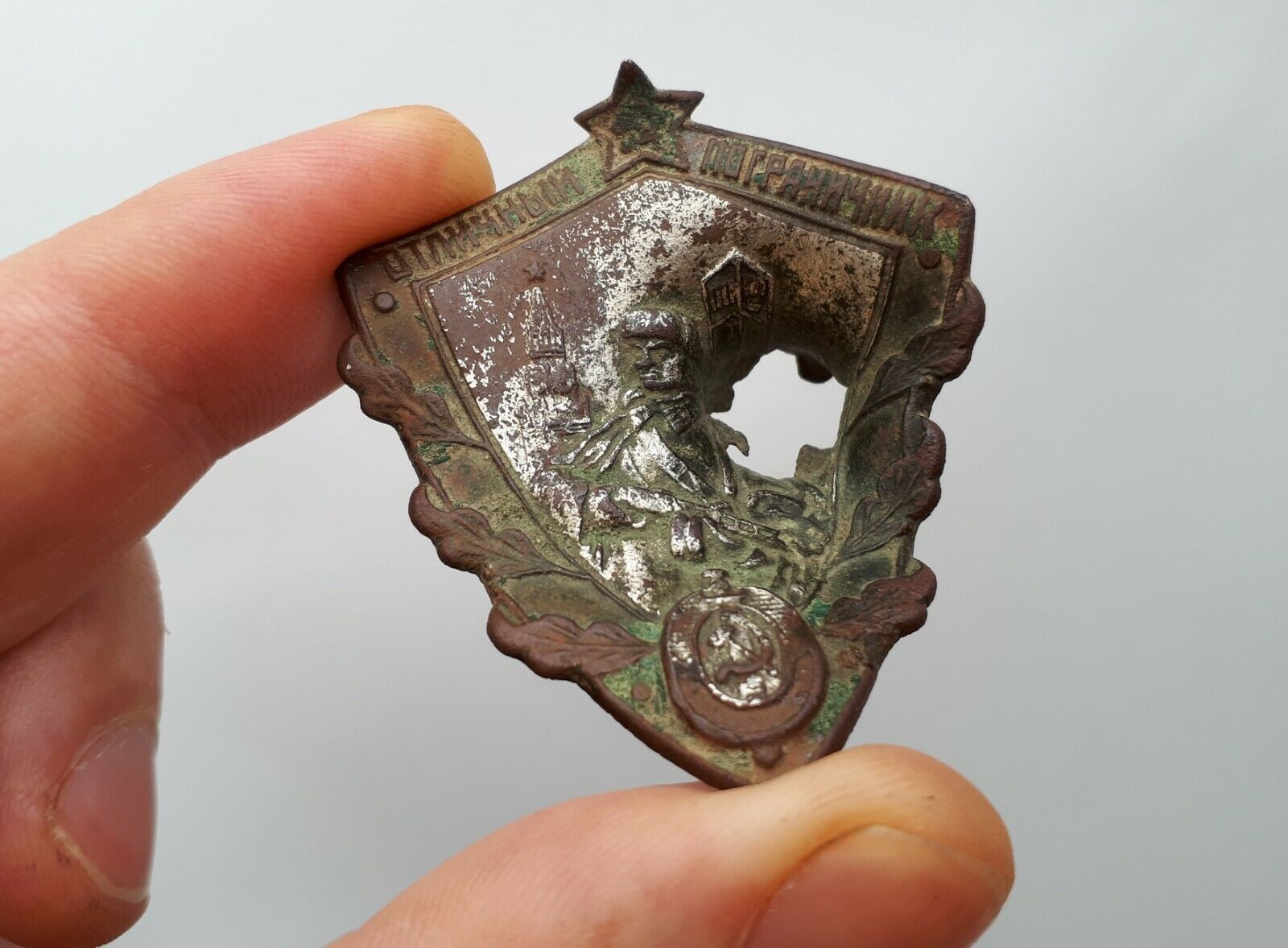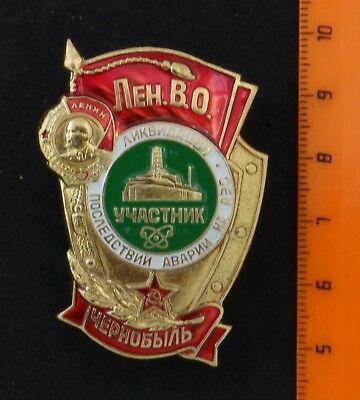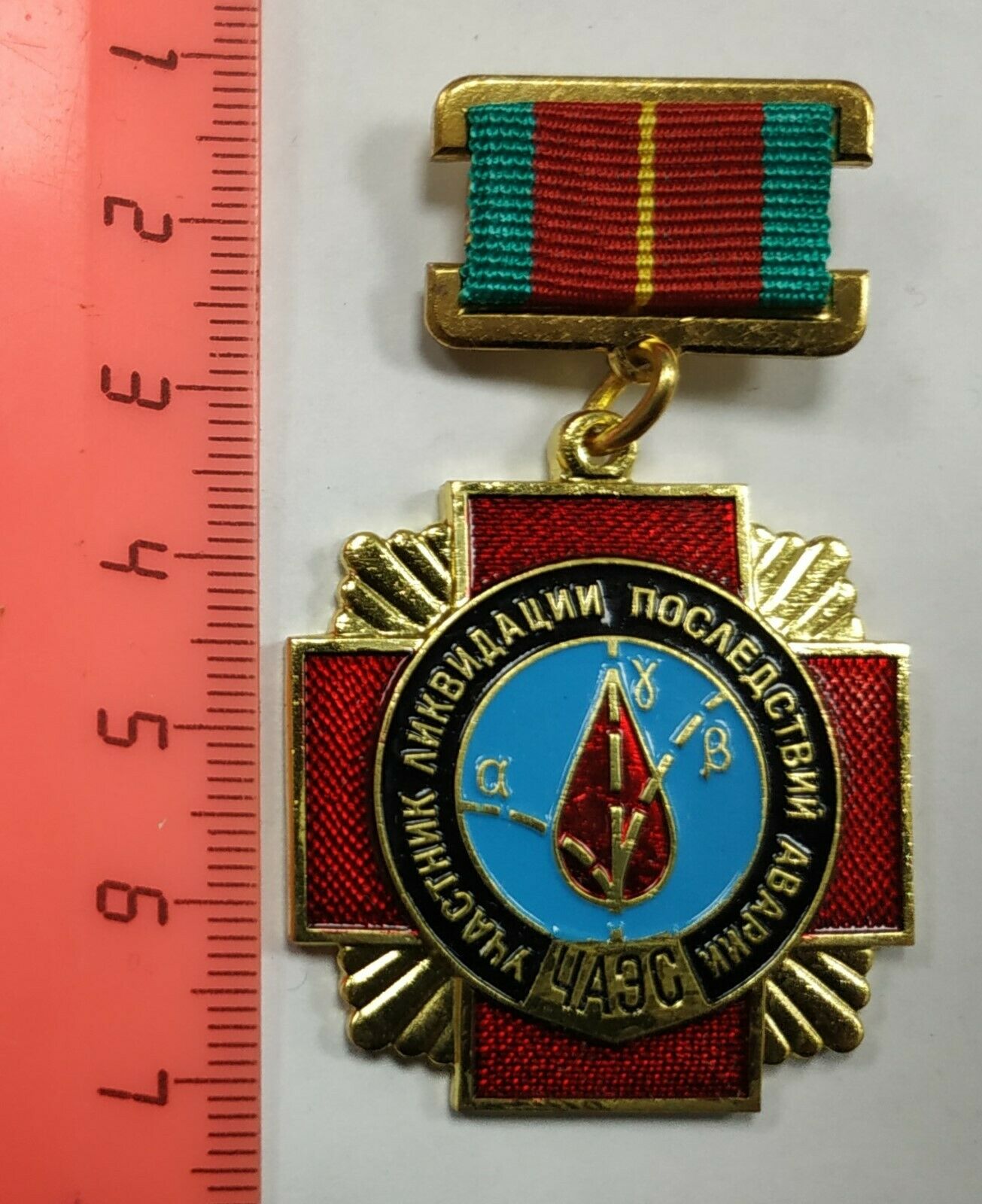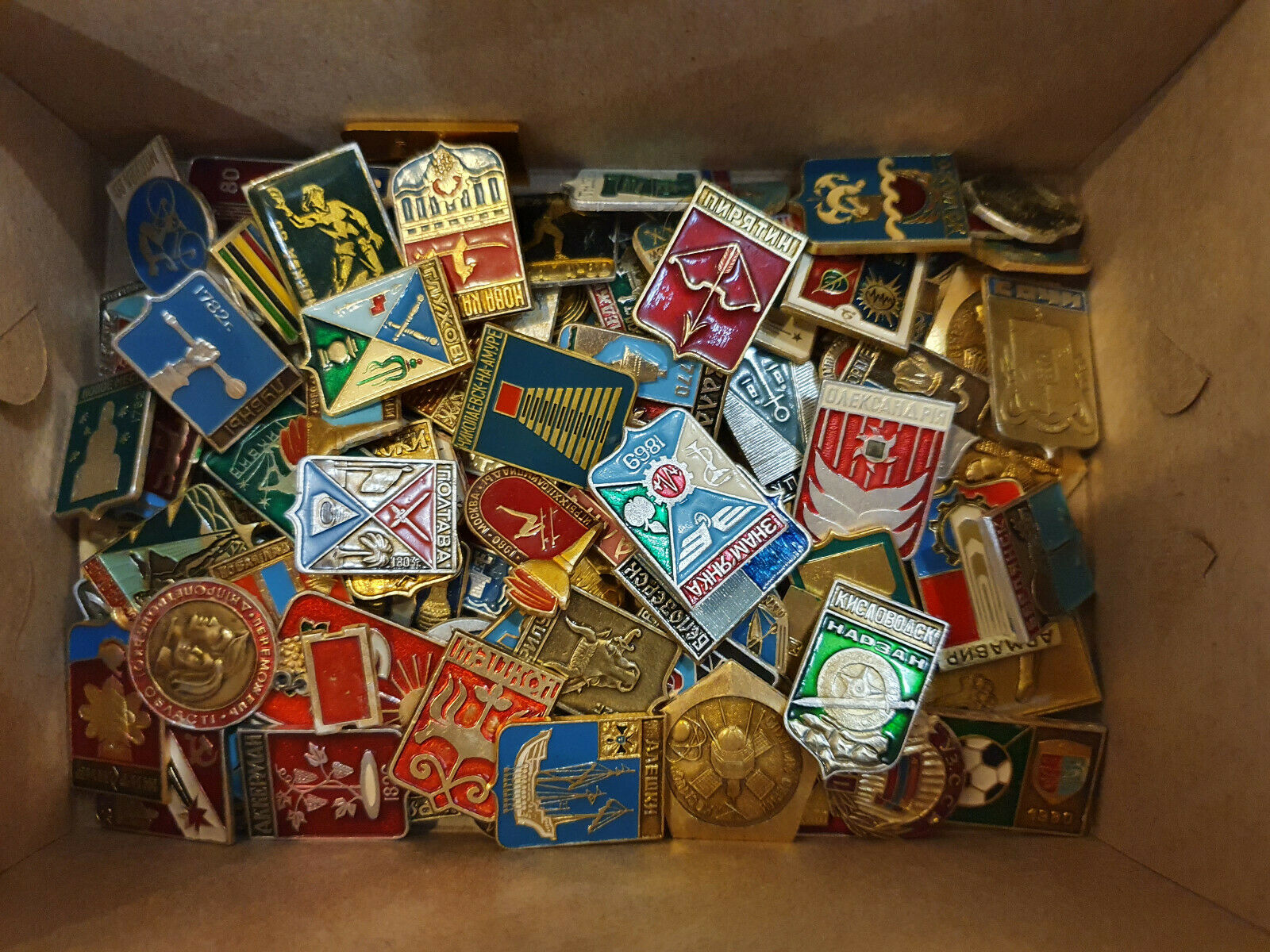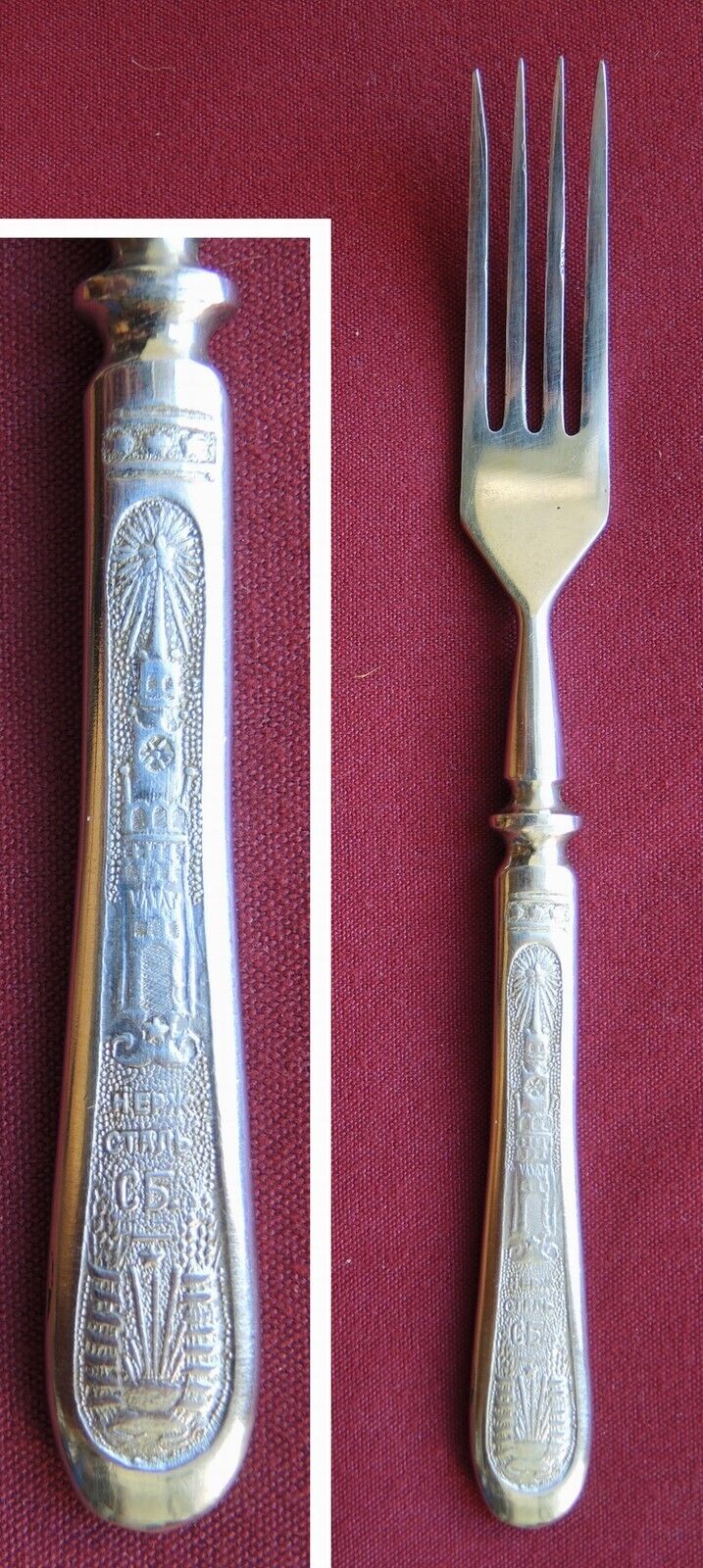-40%
ULTRA RARE RELIC KGB Badge Excellent Border Guard Sino Soviet Conflict War 1969
$ 105.6
- Description
- Size Guide
Description
ULTRA RARE RELIC KGB! Badge "Excellent Border Guard"is shot through with a shell splinter! Awarded to soldiers, sailors, sergeants and petty officers of
KGB Border Troops
for exemplary performance of duties in the protection of the state border of the Soviet Union, skillful actions to apprehend violators of the border, for displaying courage, perseverance, endurance, excellent performance in combat training, and for military discipline. This badge was found in 1989 year at the Damansky (Chinese: Zhenbao) Island. Found at such historical place as: The Sino-Soviet Border Conflict, 1969. This is a little known fact about the two countries. Real Escalation, and the Threat of Nuclear War in 1969!
The object is preserved in the dug condition with a special purpose to reflect the history spirit. Our main motto -
We do not sell objects, we sell the history.
Introduction to the 1969 Sino-Soviet Border Conflict:
On the morning of 2 March 1969, Soviet border guards noticed a Chinese patrol marching across the frozen Ussuri River, which forms a boundary line between China and the Soviet Union in the east, toward a disputed river island called Zhenbao (Damansky in Russian). From the Soviet border outpost located on the bank of the Ussuri, a group of border guards, led by outpost commander Senior Lieutenant Ivan Strelnikov, was dispatched to the island to meet the advancing Chinese contingent. Up to this point, these confrontations had typically involved little more than shouting, fistfights, and the occasional use of clubs, sticks, and fire hoses. On this morning, however, when Soviet border guards were within range, the Chinese opened fire with automatic weapons, killing Senior Lieutenant Strelnikov and six others at the outset. After nearly two hours of fighting, there were 31 Soviet border guards dead and 14 wounded, and a still-unknown number of Chinese casualties. The 2 March firefight on Zhenbao Island ignited a new and dangerous round of SinoSoviet hostilities. Thirteen days later, Chinese and Soviet forces would again fight on Zhenbao, this time with much larger forces and firepower, and in the following months they would fight several more battles along the border. The transition from a conflict that in previous years had been carried out primarily through rhetoric and occasional fistfights to one that involved several direct conventional engagements between nuclear-armed states raised the prospect that hostilities might escalate to a nuclear confrontation. Following the conflicts on Zhenbao, Moscow adopted a coercive diplomacy strategy designed to reach a peaceful settlement with Beijing that combined increasingly provocative threats – including nuclear threats – with repeated proposals for negotiations. Several times in the months following the bloodshed on Zhenbao, the Soviet Union deliberately hinted that it might use nuclear weapons, especially in a surgical attack on China’s nascent nuclear facilities. Whereas China dismissed Moscow’s initial nuclear threats and did not respond to early proposals for negotiations, Beijing’s perception of the credibility of Soviet nuclear threats changed dramatically in the summer of 1969. When Moscow again proposed negotiations in this context, Beijing agreed. As such, this case stands out as a rare case of successful nuclear compellence: the Soviets used nuclear threats to effectively compel China to the negotiating table.
SHIPPING:
We provide buyers from US with USPS Tracking number.
